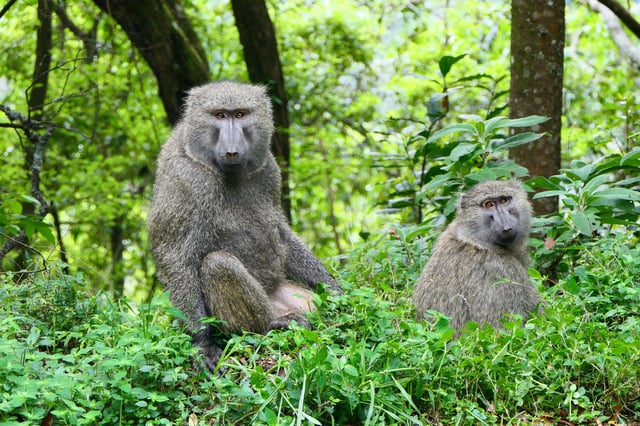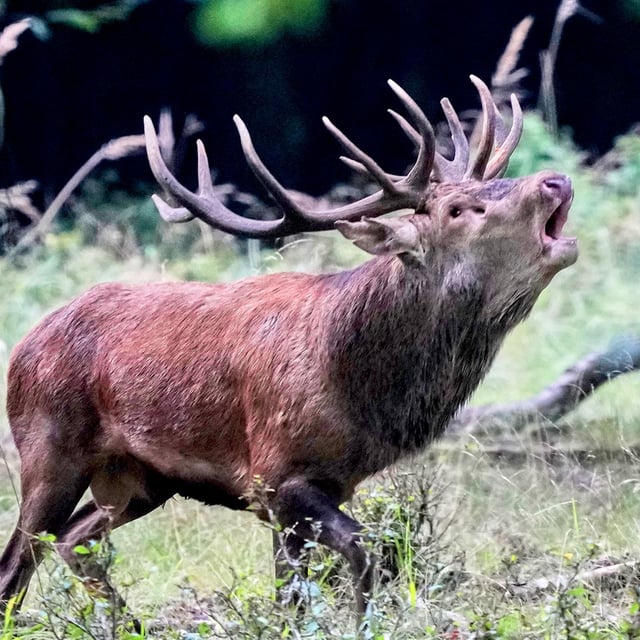Overview
- In Science Advances, a Max Planck–led team synthesized records from 1,176 mammal and bird species, reporting that about 72% of mammals have longer-lived females (roughly 12% advantage) while 68% of birds have longer-lived males (about 5%).
- The results bolster the heterogametic sex hypothesis, with XX mammals showing a survival edge over XY males, and ZZ male birds outliving ZW females, though notable exceptions mean chromosomes are only part of the explanation.
- Sexual selection and mating systems emerged as major drivers: intense male–male competition and polygamy correlate with shorter male lifespans in mammals, whereas more monogamous birds show a reduced male disadvantage or a male advantage.
- The sex that invests more in raising offspring tends to live longer across species, suggesting parental care can select for greater longevity, particularly in long-lived primates.
- Comparisons of zoo and wild populations show the gap narrows in captivity but rarely disappears, reinforcing that intrinsic, evolution-shaped differences persist and informing human longevity research and sex-specific testing of anti-aging interventions.



